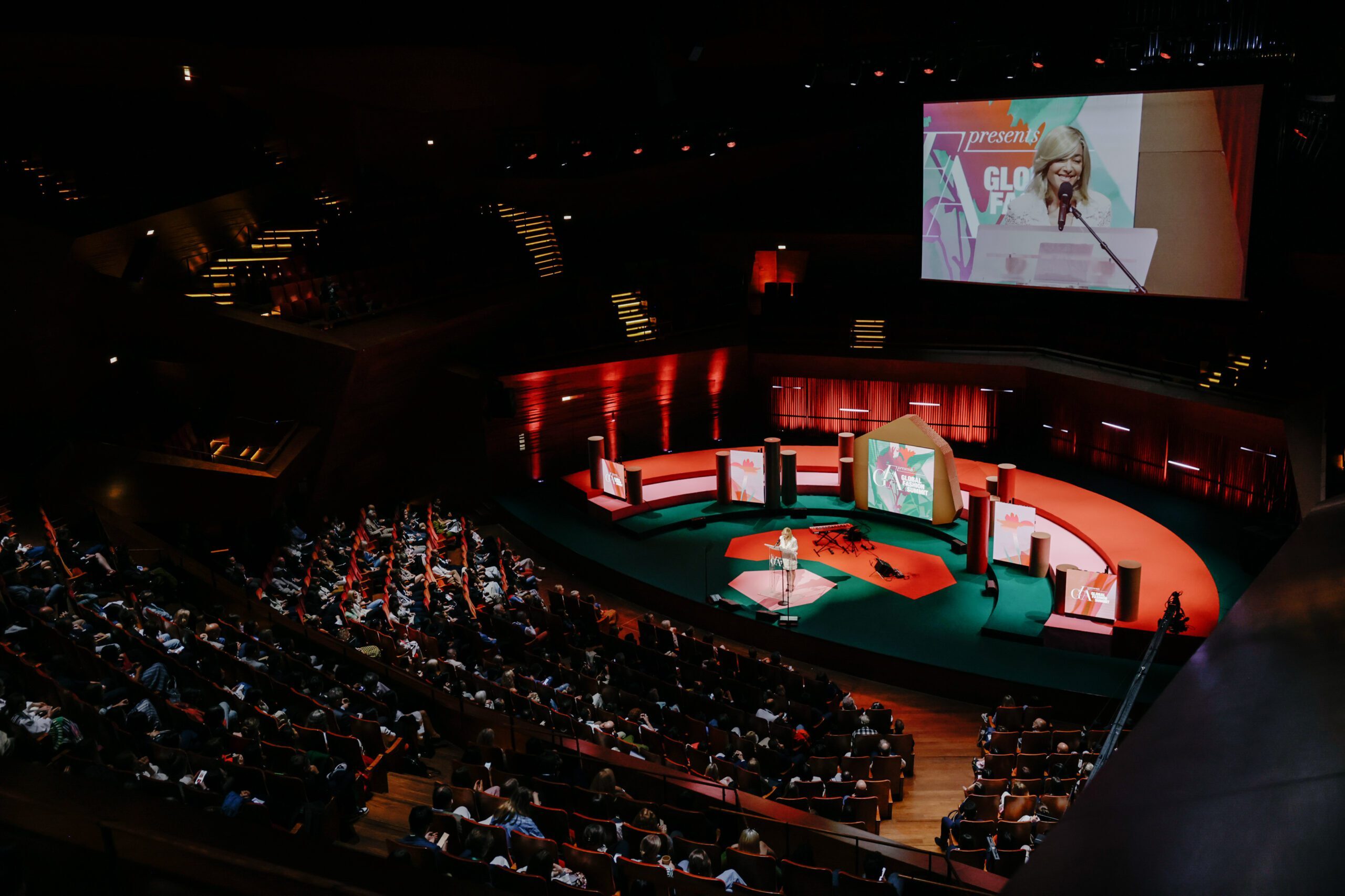Regenerative agriculture presents just one system-based solution to promote the recovery and future resilience of our planet’s ecosystems by omitting the use of synthetic chemicals and replenishing soil health. It is also a system which values crops as carbon sequesters, according to research, if we were to make a complete switch to regenerative organic agriculture, we could sequester more carbon than is currently emitted.(4)
It is no secret that every garment produced has a ripple effect on the environment, and fashion is in many cases, a product of agriculture, making the industry directly accountable for the resulting soil degradation and biodiversity loss. Natural fibres used for textiles in the fashion industry, whether animal or plant based, are all grown or raised on land, if the land is part of a regenerative system, the subsequent fibre is regenerative.
As outlined in our Fashion CEO Agenda 2021, the material mix is one of the biggest drivers of a fashion brand’s environmental footprint and comes with implications for climate change, waste and biodiversity(5). While significant progress has been made within natural fibre production practices largely driven through the introduction of material standards, these fibres still pose challenges and trade-offs that need to be acknowledged and resolved.
Going forward, industry leaders are encouraged to switch to lower impact materials and consider the integration of regenerative agricultural practices within their supply chains in order to achieve this. A shift towards a more regenerative agricultural system has the potential to create new job opportunities, upskilling and new ways of working. However, it is urged that those who are exploring the potential of regenerative agriculture are respectful towards local indigenous agricultural practices, and account for their work accordingly. (6)




